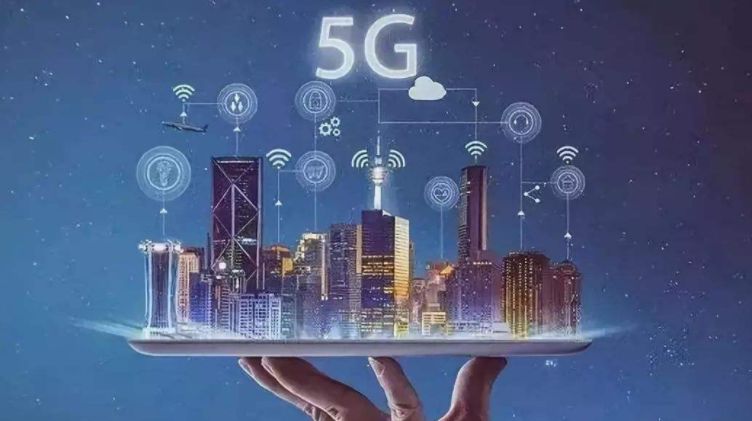
The Origin of IoT
 Figure 1 Rouge and RFID Tags
Figure 1 Rouge and RFID TagsIoT and Wireless Communication Technology


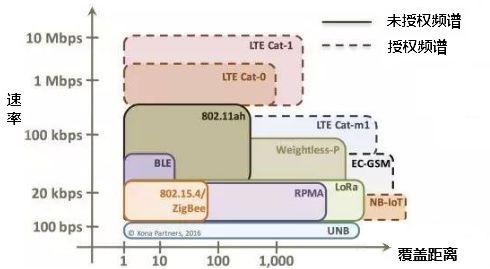
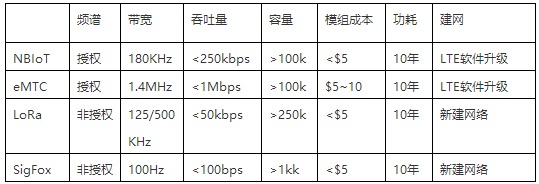
5G Mobile Communication
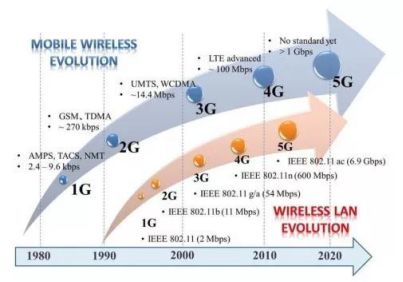
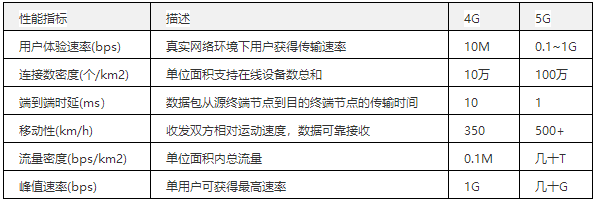
What New Technologies Does 5G Adopt to Significantly Improve Performance?
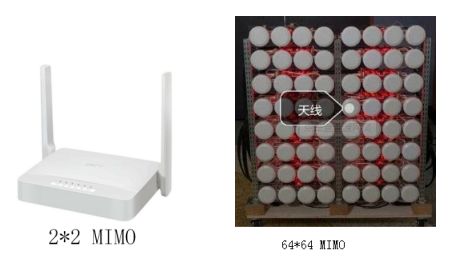
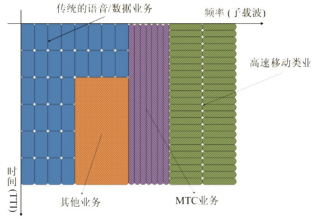
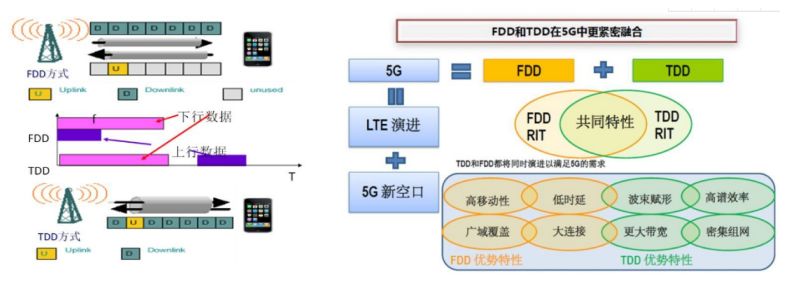
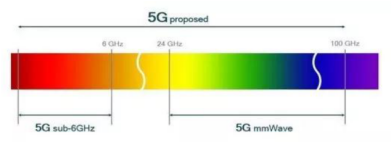
Three Major Application Scenarios of 5G
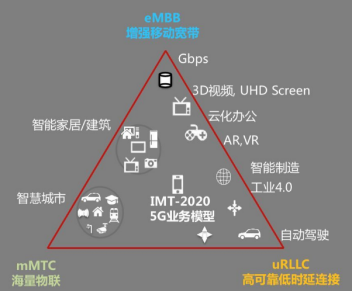
Discussion on the Industrial Positioning of 5G and IoT Promoting Each Other’s Development
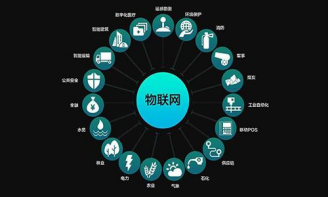
Conclusion
